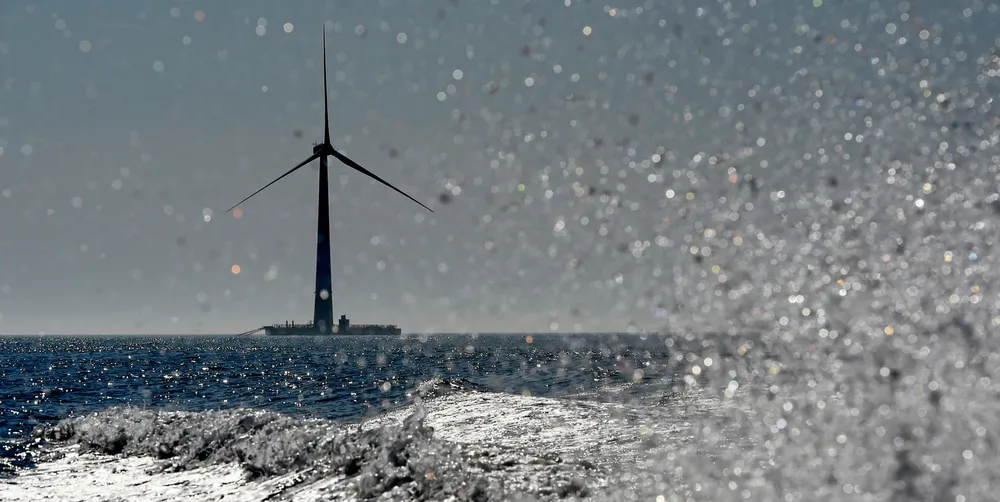'Myths around floating wind power don't help anyone – it's time to debunk them'
Misconceptions around pivotal technology include competition with bottom-fixed and standardisation, writes Andy Strowbridge

Misconceptions around pivotal technology include competition with bottom-fixed and standardisation, writes Andy Strowbridge
